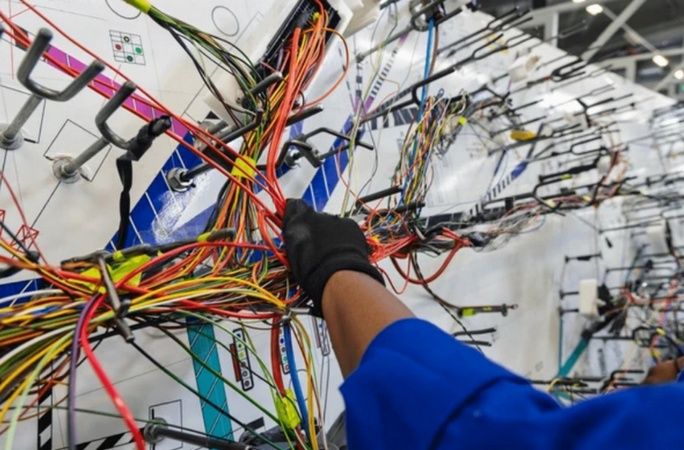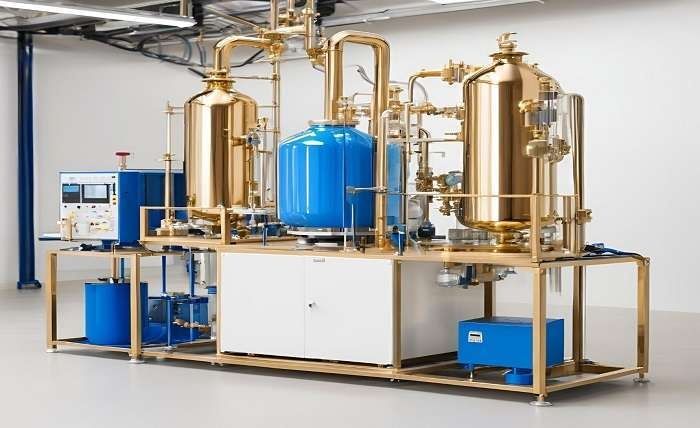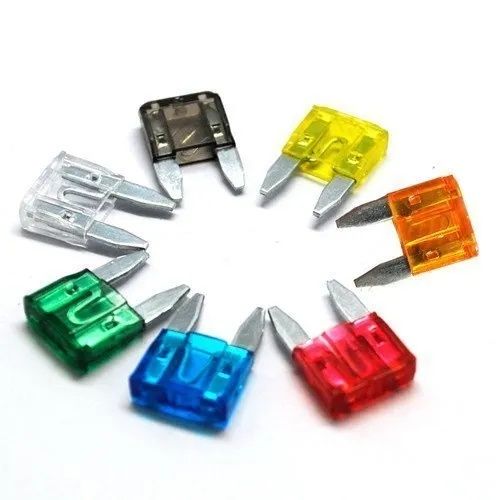Explore Wiring Harness Manufacturing: A Complete Guide to Industrial Basics
Wiring harness manufacturing plays a vital role in the modern industrial and automotive sectors. A wiring harness, sometimes called a cable assembly or wiring loom, is a system of organized wires, terminals, and connectors that transmit electrical power or signals. These components simplify electrical systems, improve reliability, and ensure safety across various industries including automotive, aerospace, construction equipment, and home appliances.
This guide provides an educational overview of wiring harness manufacturing its purpose, importance, latest trends, relevant regulations, and helpful resources for professionals, students, and anyone seeking to understand industrial electrical systems.
Understanding Wiring Harness Manufacturing
A wiring harness integrates multiple electrical wires into a single assembly that can be installed efficiently within a machine or vehicle. It includes wires, connectors, terminals, sleeves, and tapes organized according to the circuit design.
Manufacturing involves several stages such as design, prototyping, wire cutting, crimping, assembly, testing, and quality assurance.
Key materials used in wiring harness manufacturing:
- Conductors: Copper, aluminum, and sometimes tinned copper.
- Insulation materials: PVC, cross-linked polyethylene, and thermoplastic elastomers.
- Connectors and terminals: Metal alloys designed for conductivity and durability.
- Protective coverings: Braided sleeves, conduit tubes, or heat-shrink materials.
A well-designed harness improves space efficiency, prevents short circuits, and ensures easy maintenance.
Importance of Wiring Harness Manufacturing
Wiring harnesses are essential for efficient electrical system integration. Without them, vehicles and industrial equipment would require individual wiring for every circuit leading to clutter, higher failure risk, and complex installation.
Why wiring harness manufacturing matters today:
- Safety and reliability: Organized wiring reduces fire hazards and electrical failures.
- Ease of installation: Pre-assembled harnesses save time in manufacturing and repair.
- Durability: Harnesses protect wires from moisture, vibration, and abrasion.
- Scalability: Modular harness systems support mass production and design consistency.
Industries rely heavily on wiring harnesses to meet energy efficiency, safety, and sustainability standards. For example, in electric vehicles (EVs), harness systems manage high-voltage power distribution with precise design control.
Recent Updates and Trends in 2024–2025
The wiring harness industry continues to evolve with innovations driven by electrification, automation, and lightweight materials.
Recent developments include:
- Electric and hybrid vehicle demand: With EV sales increasing globally (notably after 2023), manufacturers are creating high-voltage harnesses designed for performance and safety.
- Smart harness technologies: Integration of sensors and diagnostics to monitor current flow and temperature in real-time.
- Automation in production: Robotics and computer-aided design (CAD) tools have reduced manual errors and improved consistency.
- Sustainability trends: Companies are exploring recyclable insulation materials and eco-friendly production processes.
- Global supply chain adjustments: Post-2023 disruptions have led to increased local sourcing and digital supply chain tracking.
Example Table: Wiring Harness Trends (2023–2025)
| Trend | Description | Industrial Impact |
|---|---|---|
| Electrification | Growth of EV and hybrid vehicle harness systems | High |
| Smart Diagnostics | Real-time performance monitoring | Moderate |
| Lightweight Design | Use of aluminum and fiber composites | High |
| Sustainable Materials | Biodegradable insulation and recycling | Moderate |
| Automation | Increased robotics and CAD use | High |
These trends reflect the industry’s shift toward smarter, safer, and more sustainable solutions.
Regulatory Standards and Policies
Compliance with electrical and safety standards is crucial in wiring harness manufacturing. Each country or region enforces regulations to ensure quality and prevent electrical hazards.
Common international standards include:
- ISO 9001 & IATF 16949: Quality management systems for automotive manufacturers.
- UL (Underwriters Laboratories): Safety standards for wire and cable assemblies.
- RoHS (Restriction of Hazardous Substances): Limits the use of harmful materials like lead or mercury.
- REACH (Registration, Evaluation, Authorisation and Restriction of Chemicals): Regulates chemical use in insulation materials.
- IPC/WHMA-A-620: Global standard for cable and wire harness assembly requirements.
In countries such as India, the United States, Japan, and Germany, wiring harness manufacturers must follow local industrial safety codes and environmental policies that align with international frameworks. Governments are also supporting local production under programs like India’s Make in India initiative and the U.S. Advanced Manufacturing Partnership.
Tools, Equipment, and Resources
Professionals and students can use various tools and resources to learn about and work with wiring harness systems.
Essential tools in manufacturing:
- Wire cutting and stripping machines
- Crimping tools and presses
- Continuity testers and multimeters
- CAD software for harness design (e.g., CATIA, EPLAN, SolidWorks Electrical)
- Labeling machines and routing boards
Educational and professional resources:
- Websites and Associations:
- Wiring Harness Manufacturers Association (WHMA)
- IPC International – offers certifications and standards documents
- SAE International – for automotive electrical standards
- Learning Platforms:
- Coursera and Udemy offer basic wiring harness design courses.
- Manufacturer portals like TE Connectivity and Molex publish detailed design guides.
- Tools and Calculators:
- Voltage drop calculators for long wiring runs
- Wire gauge and current load calculators
- Material compatibility charts
These resources provide practical insights for improving design accuracy and compliance in manufacturing.
Frequently Asked Questions
1. What is the purpose of a wiring harness?
A wiring harness organizes multiple electrical wires into a compact structure to ensure reliable power or signal distribution, reduce clutter, and protect against environmental damage.
2. Which industries use wiring harnesses?
They are widely used in automotive, aerospace, industrial machinery, telecommunications, and consumer electronics industries.
3. What materials are most common in harness manufacturing?
Copper conductors and PVC insulation are standard due to their balance of performance and cost-effectiveness, while aluminum and advanced polymers are gaining popularity for lightweight applications.
4. How are wiring harnesses tested for quality?
Harnesses undergo visual inspection, electrical continuity testing, insulation resistance checks, and environmental stress tests to ensure performance and safety.
5. What are the latest trends in wiring harness production?
Automation, lightweight materials, and smart diagnostic harnesses with built-in sensors are the leading trends in 2024–2025.
Conclusion
Wiring harness manufacturing is a cornerstone of modern industrial systems, enabling safe and efficient electrical connectivity. As industries shift toward electrification, automation, and sustainability, the demand for advanced harness design continues to rise.
Understanding the basics of materials, design standards, and compliance requirements helps professionals and learners adapt to the evolving industrial landscape. With ongoing innovation in smart harness technology and eco-friendly materials, the field promises exciting developments for years to come.
Whether for vehicles, machinery, or electronics, mastering wiring harness fundamentals provides a strong foundation for understanding modern electrical systems connecting innovation, safety, and performance across every sector.




